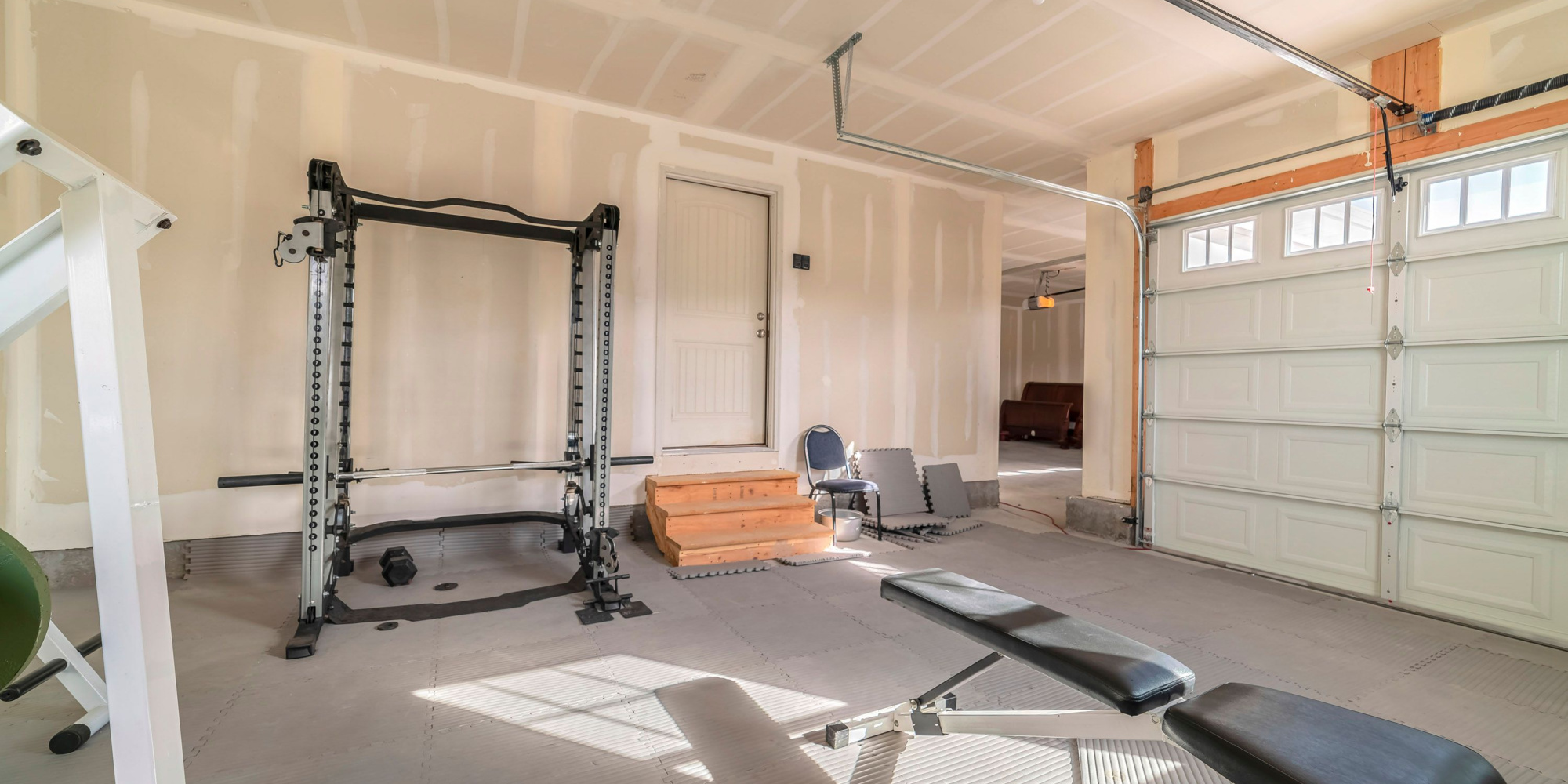Setting Up An At-Home Gym
Apr 24, 2023 mindpumpWorking out at home has its advantages; you can’t beat the accessibility, ownership of equipment, privacy, and no gym fees. I thoroughly enjoy working out in a gym, but sometimes, the convenience of an at-home gym just makes sense.
Those with a busy lifestyle, or feel more comfortable with solo workouts, could gain a lot from setting up their own gym. But even if you don’t fall into any of these categories, you can still benefit from setting up the workout space you need for whatever fitness and health goals you’re aiming for.
First, Define Your Goals
Knowing what you want to achieve with your home-gym will help narrow down the equipment and space you need. Someone who just focuses on yoga probably doesn’t need as much equipment or space as someone who primarily power lifts. Or, if you like cardio-based workouts, you may not need anything, or just one piece of cardio equipment. Knowing what you want to accomplish and what you enjoy doing is necessary to establish a successful home gym; it makes no sense to surround yourself with equipment that makes you grimace or don’t feel comfortable with. With this in mind, you can start to envision what your optimal workout space looks like.
Claim Your Workout Space
Consistency is key with any workout program, and having a dedicated space for your workouts will only help. The chances are high that you will share your space with another area of the house, like the office, garage, or guest room, but it doesn’t mean you can’t section off some space just for you. The corner of the garage where I park my car is home to my workout equipment, and you can bet it doesn’t move from that area. I wake up, head to the garage, and I know exactly where everything is.
If your lifestyle doesn’t allow a consistent gym space in your home, make the best of the situation; workout in the living room when the kids are napping or asleep, ensure you have space to execute the exercises you have planned, and complete your workouts in a space that isn’t distracting. If I were to work out in the living room with the kids running around the house, I can guarantee you my workout won’t feel as effective as a workout completed in the garage, away from distractions.
Set Your Budget–And Get to Shopping
This part is tough; depending on your goals, workout equipment can get pricey. It helps to set a budget for your workout equipment because as with anything we need to budget for, it can get pretty out of control if you don’t.
If the basic lifts (barbell squat, deadlift, press, and row) are essentially part of your identity, PRX is the at-home option we trust. If a lifting rack, barbells, and bumper plates aren’t in the budget, or you don’t have the space, you can find tons of options for high-resistance bands that come with barbell, handle, and door attachments; this option provides variability and can even travel with you if needed. Other options to provide resistance include workout towers, kettlebells, slam balls, dumbbells (including adjustable), sandbags, steel maces, and TRX bands, but don’t forget to get creative; you can use unconventional items to provide resistance–it’s your home gym.
Remember, if you don’t have a high budget for equipment, don’t worry. You can still get fit and gain muscle with minimal equipment and body weight movements; I talk more about that here. Jump ropes and stability balls are inexpensive, and you can find incredible deals from online discount pages like Craigslist and Facebook Marketplace. Wherever you buy your equipment, always make sure everything is assembled correctly before you start working out–safety first!
Accessorize (If Needed)
Now to focus on the little things we might not immediately think of.
If you plan on lifting heavy (which can get pretty loud), make sure you have the right flooring in place. Durable floor mats are a most-have if you plan on dropping weights, or even for floor movements that would make a hard surface uncomfortable.
What about a high-velocity floor fan? Take it from me: if you’re in the garage working out, it’s going to get pretty steamy in the middle of the summer. Though not necessary, this item could make or break your workout.
And if you have the space, full-length mirrors can be extremely beneficial to monitor form and exercise mechanics.
And Finally…
Building your perfectly curated home gym can take time. Start with the equipment that is most versatile, or items you enjoy using the most. Enjoy the process of building a space that is yours, one that promotes a positive, healthy environment.







